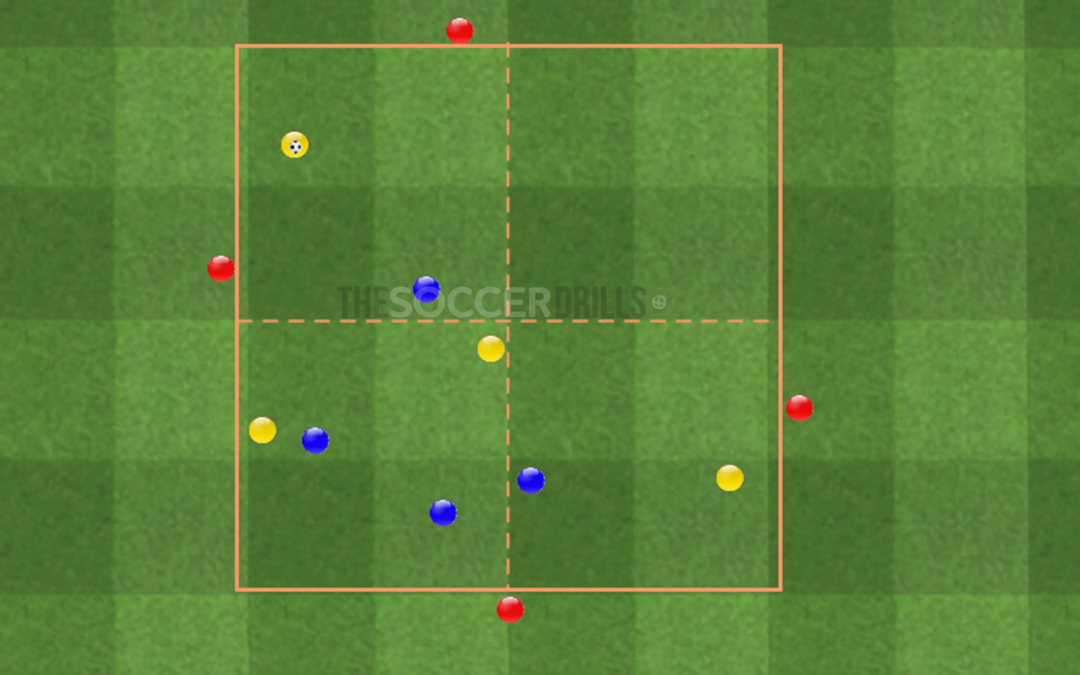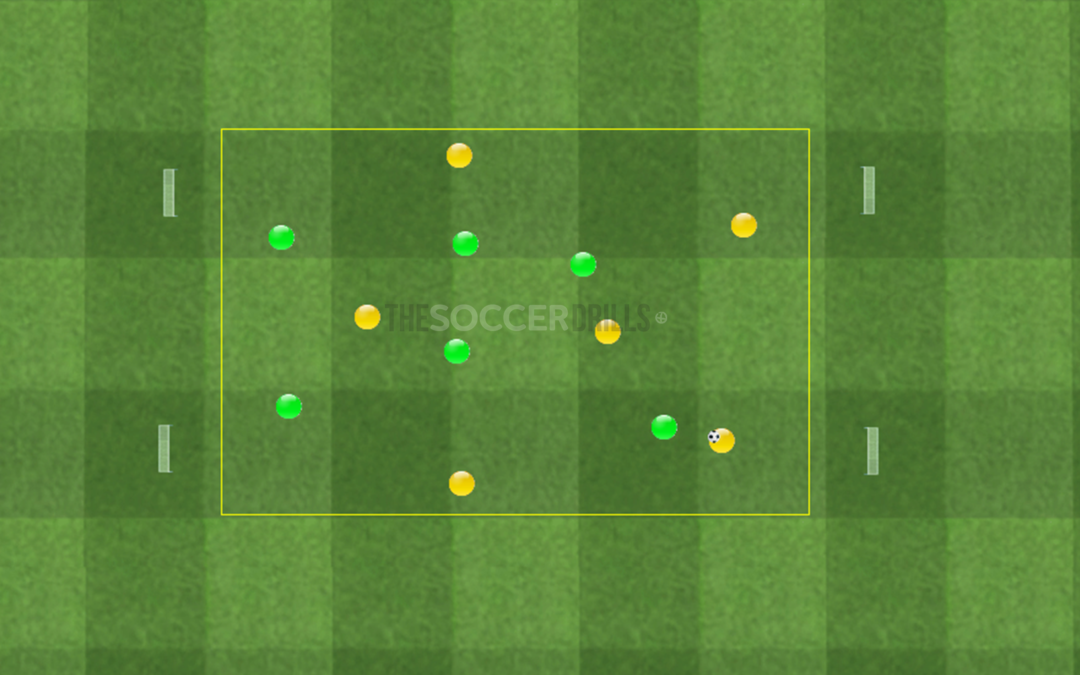
Understanding of the game
Tactical situation to improve the decision making about when to create a numeric superiority or when to keep being a support in an intermediate distance.

Tactical situation to improve the decision making about when to create a numeric superiority or when to keep being a support in an intermediate distance.

To control the game pace we need the players to dominate the offensive tactical principals of delaying, change of pace etc.

Is it easy to practice the counterattack? ¿Is it easy to defend teams that use the counterattack as a style of play? The counterattack could either be your most preferred playing system or not, but, your players need to know what to do when facing a team using counterattack.

To attack a team that has already came back in shape and uses the counterattack as their way of attacking. High level of learning in vigilances and in offensive and defensive transitions.

Individual challenges and basic offensive and defensive micro-associations

The fact of facing offensive freedom (continuous decision making) to two defensive lines will develop multiple defensive tactical concepts

To get quickly to the player with the ball will help us winning the ball back easier. To do this, we will need to be good at defensive vigilances. We will practice them constantly in this drill.

To identify superiority and inferiority for a right and quick decision making both offensively and defensively is a really fun drill for all ages.

The objective is to move from the creation zone to the finishing zone. To avoid that the rivals could send the ball to your defenders back.

Since regularly, all the rondos are played in a high pace, is it possible to practice a tactical rondo in which you work both the change of pace and the high and low pace? It is definitely possible if we include a small modification in the structure so our players can make decisions about the pace of the game.